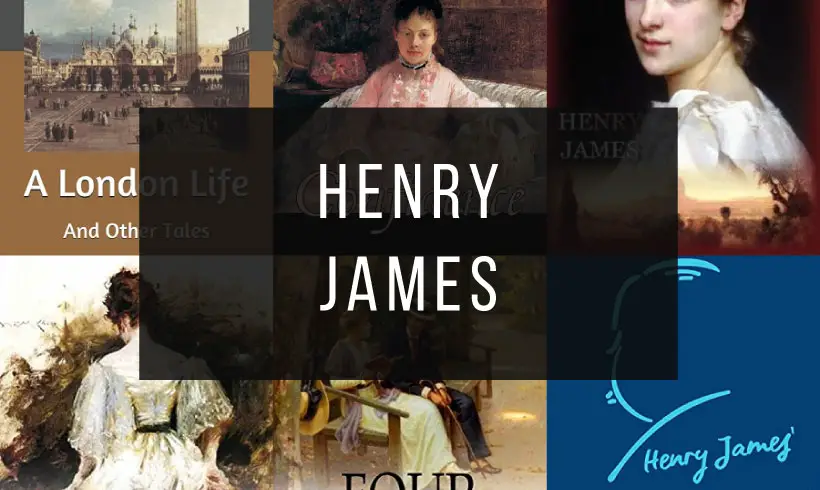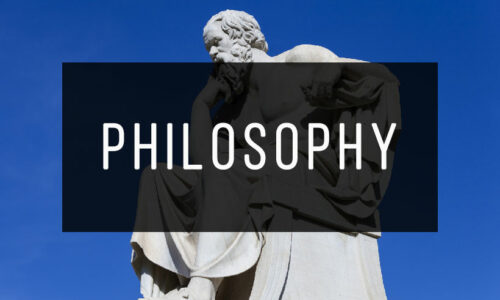Discover the sophisticated and thought-provoking works of Henry James with our free collection of Henry James books in PDF format.
Henry James, a master of psychological realism, is renowned for his elegant prose and deep exploration of human relationships, identity, and moral dilemmas. His stories are rich with subtlety and intellectual depth.
From iconic novels like The Portrait of a Lady and The Turn of the Screw to his compelling shorter works, Henry James’ writing captures the complexities of life, love, and the human psyche with unmatched artistry.
Whether you’re a fan of classic literature or exploring Henry James for the first time, this collection offers a window into the brilliance of an author whose influence resonates across generations.
Download these Henry James books in PDF now and immerse yourself in the timeless elegance and insight of one of literature’s greatest minds.
1) A London Life and Other Tales
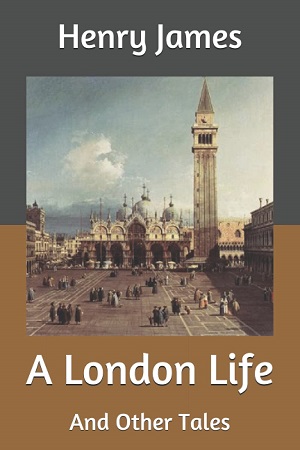
A London Life is a novella first published in 1888. Its plot revolves around a marriage that falls apart and the impact this has on those close to it. The story is notable for its straightforward approach to divorce, in which the reality of a marital breakdown is dealt with bluntly.
We have Laura Wing visiting her sister Selina who is divorcing her rude husband Lionel. It should be noted that Selina had an affair with a man named Charlie Crispin, which caused her to receive criticism from her sister. For her part, Lady Davenant, an elderly family friend, advises Laura not to get involved in her sister's marital problems, providing a much-needed dose of common sense.
The other stories included in A London Life and Other Tales are: The Patagonia, The Liar and Mrs. Temperly.
2) An International Episode
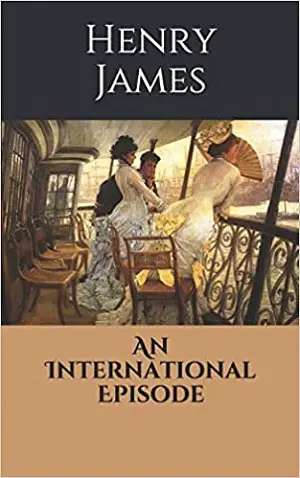
An International Episode was published in 1878, its story is about two young men Lord Lambeth and Percy Beaumont who visit the United States from London. During their stay, they become fond of American society, which is kind, friendly and hospitable, and meet Mrs. Wesgate and her sister Bessie Alden, who return their visit the following year in London.
Bessie becomes fascinated by Lord Lambeth and tries to inquire about his title, relations and possessions. Moreover, being set in both Massachusetts and Britain and featuring both American and British characters, it gives rise to some confrontations as the characters experience the clash of the two cultures, which although closely related are ultimately very different.
Romantic intrigue, communication problems and cultural blunders abound in this short novel, so if you're looking for an entertaining read don't hesitate to give it a chance.
3) Confidence
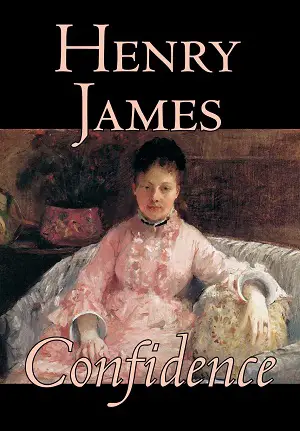
Confidence is a novel first published as a serial in Scribner's Monthly in 1879 and then as a book later that year.
This light and somewhat awkward comedy centers on artist Bernard Longueville, scientist Gordon Wright, and the sometimes inscrutable heroine Angela Vivian. The plot meanders through several romantic entanglements before arriving at an uncomplicated but believable happy ending.
While sketching in Siena, Bernard Longueville meets Angela Vivian and her mother. Later, Gordon Wright, Bernard's friend and self-proclaimed "mad" scientist, calls Longueville to Baden-Baden to judge whether he should marry Angela. Bernard advises against it, based on his belief that Angela is a mysterious flirt.
These events provoke a chance meeting years later, which changes the story and its ending somewhat.
4) Daisy Miller
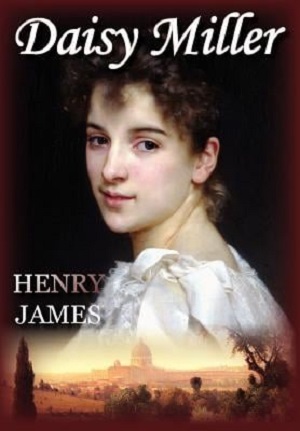
Daisy Miller is a novel written in 1878, in which Miss Annie P. Miller appears in Vevey, Switzerland, with her mother and brother. Her father, an opulent and uncouth nouveau riche, wants to polish and Europeanize her.
Daisy, as she is called, meets a refined young American named Winterbourne, who takes an interest in her, puzzled by her casualness and flirtatious lack of tact.
They meet again in Rome and he tries to correct Daisy's behavior, especially when she begins to flirt publicly with a lower-class Italian named Giovanelli. This leads to her being ostracized by the American colony in Rome.
Daisy dies of fevers contracted in the middle of a Roman night alone with Giovanelli, and her last words were a message to Winterbourne: "Tell him I never promised myself to Giovanelli," as an almost posthumous invitation to a long afterlife courtship.
5) Embarrassments
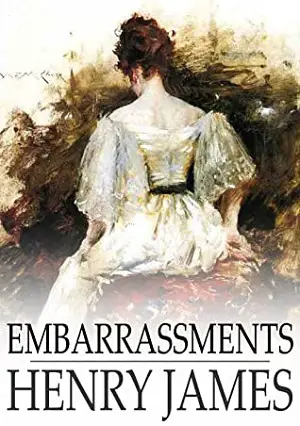
Embarrassments is a collection of 4 short stories from 1896, each dealing with a certain type of embarrassment. In The Figure in the Carpet, a frustrated literary critic is obsessed with learning an author's writing secret, as he claims there is a mystery to be found in his books.
In Glasses, a beautiful, naive woman tries to hide the fact that she needs glasses, so she sacrifices her sight for a chance at marriage. The Way It Came is a ghost story, in which a man and a woman with much in common never seem to be able to meet, but after many years they finally do.
The Next Time is a story about writing, about how literary quality does not ensure success, and vice versa. The protagonist is a writer trying desperately to be popular but failing. It also has a critic whose praise is considered fatal to success in the market.
6) Four Meetings
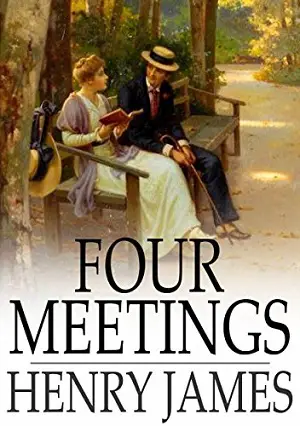
Four Meetings was first published in 1877. It is a touching story, with a tone somewhere between comic and tragic, about four encounters that take place between the narrator and Miss Caroline Spencer, a young American girl in Europe who is fascinated by European culture.
The first meeting takes place in New England and, after three years, the second and third take place in Le Havre within a few hours of difference. After an interval of five years, the fourth meeting takes place again in New England.
The story reflects themes such as the powerful attraction that European culture exerts on Americans, which can have serious consequences as in the case of the young Caroline who is a victim of exploitation, that despite her passionate dreams of European civilization, these only lead to her ultimate undoing.
7) Georginas Reasons
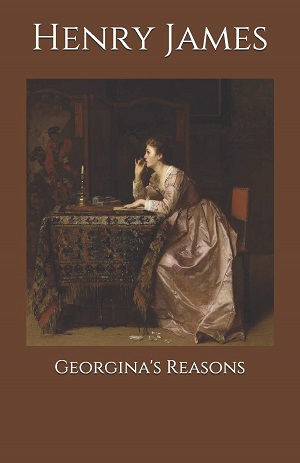
Georginas Reasons has a dual geographical setting, with the plot divided between the new and the old world: New York and Naples.
However, and unlike other novels that take pleasure in contrasting the different idiosyncrasies prevailing on both sides of the Atlantic, in Georginas Reasons the focus is solely on the author's compatriots.
If it is also customary for James to oppose with advantage the American woman to the European woman -because of her greater independence of judgment and spontaneity, in the present case her proclaimed superiority degenerates into a defect.
In other words, the willful and indomitable protagonist of the novel, Georgina, sins by excess, entering without qualms into the swampy terrain of crime and criminal recklessness.
8) Hawthorne
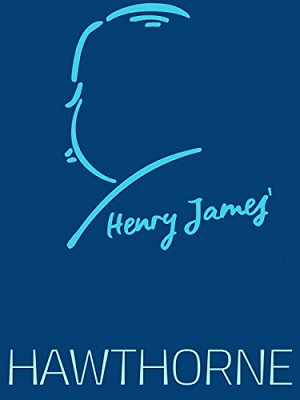
Hawthorne is a book of literary criticism published in 1879 that James wrote about the novelist Nathaniel Hawthorne, who in his time was considered a distinguished American fiction writer. In it he discusses Hawthorne’s life and novels, as well as expounding his views on American culture and the place of the writer in nineteenth-century America.
Both writers shared an interest in moral dilemmas and careful character analysis. Likewise, James's work betrays his predecessor's influence on metaphorical expression, especially as James's fiction became more symbolic and psychological introspection dominated.
This book is easily accessible to readers with little or no knowledge of Hawthorne's works. In fact, reviewers recommend it as a book of enduring interest and still worth reading so don’t miss this chance.
9) In The Cage

The story of In the Cage centers on a clever, imaginative and skilled telegrapher who works in a post office sending telegrams. There she deduces details about the personal lives and secrets of her clients from the brief, cryptic telegrams they send her, which leads her to eventually discover more than she wants to know.
The woman becomes "involved" with a pair of lovers named Captain Everard and Lady Bradeen, and even ends up contacting Captain Everard. In addition, through a friend she learns that Lady Bradeen and Everard are to be married after Lord Bradeen's recent death.
Henry James got the idea for this witty tale from his experiences in the telegrapher's office. We advise you not to miss reading this entertaining story that addresses issues such as the human need for interaction and excitement since no one is happy living inside a “cage”.
10) Italian Hours

Italy is a country that Henry James knew and loved very much, so in 1909 he published Italian Hours, a travel book where he compiled the essays he had written for almost forty years. His essays focus mainly on the cities of Venice and Rome, although they also cover the rest of the country.
Although the author expresses his enjoyment and taste for the beauty and amenity of Italian life, he did not leave aside criticism and objectivity when writing his essays. For example, in one of them he points out the difficult living conditions of the inhabitants of Venice due to taxes, monetary problems and lack of opportunities.
Among the various essays included in this book are: Venice, The Grand Canal, From Chambéry to Milan, A Roman Holiday, Roman Neighbourhoods, Siena Early and Late, The Autumn in Florence, Tuscan Cities and Ravenna.
11) Notes of a Son and Brother
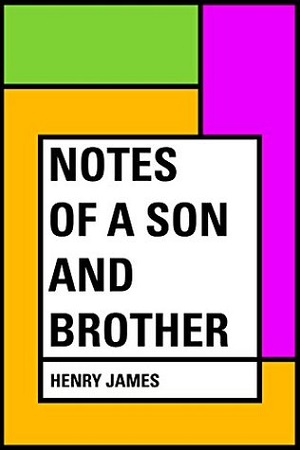
It is an autobiography of James published in 1914. It covers James' early adult life, also the years of the Civil War, in which he did not participate as he was exempt from service due to a back injury he suffered while putting out a fire with the local volunteer fire department.
He recounts his early efforts at writing fiction, when he began publishing short stories in magazines such as North American Review, The Nation and The Atlantic Monthly, etc. In this autobiography, James used his family's letters, especially those of his brother William and his father, although it should be noted that scholars have shown that James altered the letters by making revisions of his own.
Notes of a Son and a Brother was one of the last books this American-British writer saw go through the printing press, as in December 1915 he suffered a stroke and died three months later.
12) Pandora
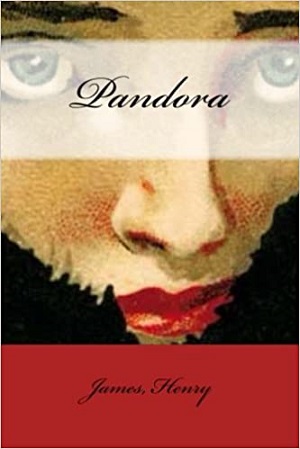
Pandora is a story that, like other James books, is about the confluence of two worlds, where different cultures and traditions collide and merge, where it becomes evident that although there are differences there are also similarities that unite us.
There is Otto Vogelstein, a somewhat prejudiced count who embarks on a journey from his native Germany to New York, where he will perform diplomatic duties. On the ship he meets Pandora Day, a self-made woman, strong, intelligent and independent. Our protagonists may well represent the differences between the Europe and America of the time, one effervescent and the other on the verge of stagnation.
Time passes and as Otto learns more about Pandora and falls in love with her, he realizes that this may lead him to lose a part of his beliefs and thus himself, as he is forced to rethink some of his opinions.
13) Roderick Hudson
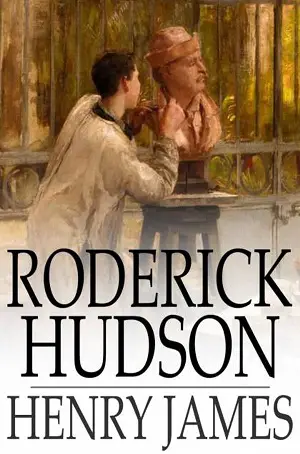
It is a novel of the literary genre Bildungsroman, which focuses on the psychological and moral growth of the protagonist from childhood to adulthood. It traces the development of Roderick Hudson, a Massachusetts sculptor.
Hudson is a young law student sculpting in his spare time. He meets Rowland Mallet, a wealthy and art-savvy man who offers him a sum of money in exchange for future work and to accompany him on his move to Italy for the next two years. Mallet believes that in Rome, Roderick will be exposed to the artistic influences he needs for his natural talent to fully mature.
One of the elements present in the book is romance, as both men become involved in a sort of love triangle with Mary Garland, a simple and honest young woman, which will lead Mallet into a great emotional predicament.
14) The Altar of the Dead
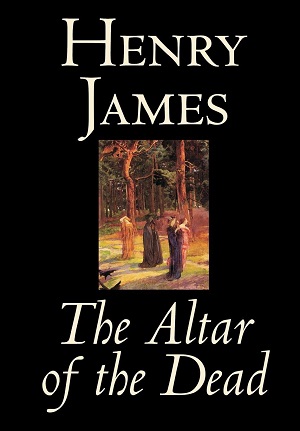
The Altar of the Dead is a short story in which the protagonist, the elderly George Stransom, tries to keep the memory of his dead friends, to prevent them from being completely forgotten. He constantly thinks of the friends and acquaintances he has lost to death, among them the great love of his life, Mary Antrim, who died before they could get married.
He begins to light candles on a church altar, one for each of his dead, but he lights none for his former friend Acton Hague, who had done him terrible harm. Later he notices a woman who sits regularly at his altar and they gradually strike up a friendship.
He then discovers that she comes to honor the death of Acton Hague, who had also wronged her, although she had already forgiven him. Stransom refuses to forgive Hague and to hold a candle to him, which creates a rift that alienates him from his friend.
15) The Ambassadors
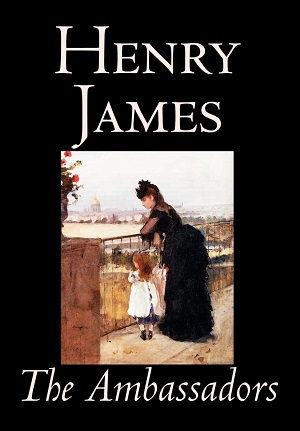
The Ambassadors is a novel published in 1903. It was initially published in installments in the North American Review (NAR).
This black comedy, one of James' later masterpieces, follows the journey of the protagonist, Lewis Lambert Strether.
Lambert Strether, a middle-aged man with little experience in life, hails from Woollett, Massachusetts, and agrees to take on a mission for his wealthy fiancée: to go to Paris and rescue her son, Chad Newsome, from the clutches of a supposedly evil woman.
On his journey, Strether stops in England, and there he meets Maria Gostrey, an American woman who has lived in Paris for many years. Her cynical wit and worldly opinions begin to disturb Strether's preconceived view about the situation.
16) The Aspern Papers
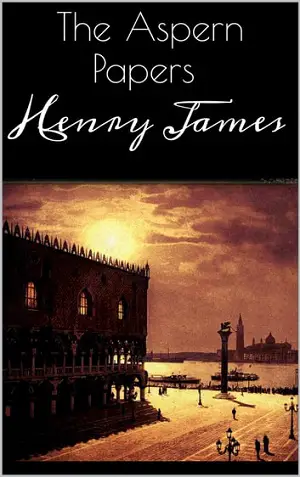
The Aspern Papers is a short novel first published as a serial in The Atlantic Monthly magazine in 1888, and published as a book the following year.
The story is narrated in the first person by its protagonist -whose name is never revealed in the text-, a literary critic who travels to Venice in search of the letters that his admired poet Jeffrey Aspern wrote to his muse, Juliana Bordereau.
Since his companion John Cumnor has received a resounding refusal in response to his offer to buy the letters from the elderly Miss Bordereau, the narrator sets out to win her confidence by concealing his true motives and then negotiating the acquisition of the papers. To this end, he stays at the old palazzo inhabited by Juliana and her niece (perhaps grandniece) Tita, who accept him as a guest in exchange for a large sum of money.
17) The Beast In The Jungle

The Beast in the Jungle is a culminating example of Henry James' refined style.
This narrative poses one of the dilemmas of the human condition: the need to commit authentically to love and the selfish and evasive impulse that flees from that commitment.
Its protagonist, Marcher, is the dramatic archetype of this conflict, which the author considers the symbol of modern man. John Marcher is aware from a very young age that a singular destiny awaits him, the presentiment of an event capable of upsetting his whole existence and even destroying him. Thus, he knows that something strange, unusual, prodigious and terrible will suddenly come to assault him.
18) The Birthplace

The Birthplace is a short story of witty satire first published in 1903. It deals with excessive admiration for William Shakespeare, as it also reflects James's skepticism about the authorship of Shakespeare's plays, as he found it very difficult to believe that the "man from Stratford" had written the plays and sonnets.
It introduces Morris Gedge, a librarian who receives an offer to become custodian of Shakespeare's house at Stratford-on-Avon. After starting his job he begins to doubt the veracity of the talk he is forced to give to the tourists who come, so he begins to change his speech which causes him to receive a warning from the owners of the place.
Although Shakespeare's name is not mentioned in the story, it is clear that James makes reference to him, and also he mentioned Shakespeare's name twice in his notes when he was planning the story.
19) The Bostonians Vol I
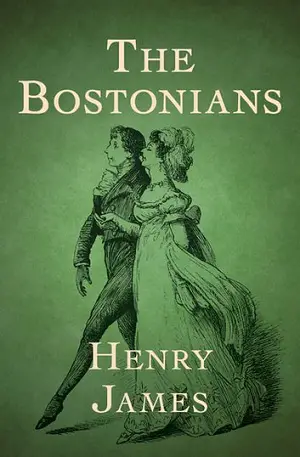
The Bostonians Vol I is a tragicomedy novel first published as a book in 1886. Its plot centers on the struggle between Basil Ransom, a conservative politician, lawyer and Civil War veteran; and his feminist cousin Olive Chancellor; for the loyalty and affection of Verena Tarrant, a young woman involved in the feminist movement.
Both cousins meet Verena when they attend a political meeting at which she delivers a feminist speech. Ransom, who is conservative, does not like the speech, but is fascinated by her. Olive is equally fascinated, so she convinces her to move in with her and study to prepare for a career in the feminist movement.
As time passes, Verena becomes attracted to the charismatic Ransom, who ends up proposing to her, much to Olive dismay. As Verena is about to give a speech at the Boston Music Hall, Ransom appears and convinces her to elope with him.
20) The Diary of a Man of Fifty
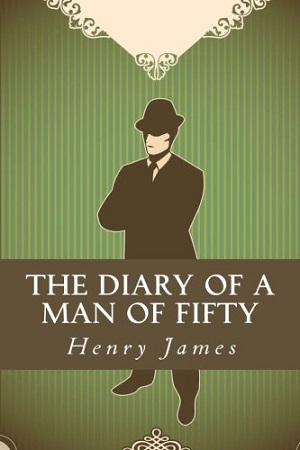
The plot of The Diary of a Man of Fifty revolves around a man who, after 25 years and retired from the army, returns to Florence, the place where he met and loved a woman during his youth. While there, he finds himself haunted by the positive and negative memories of that frustrated love affair.
Inquiring about his former lover leads him to find out about her daughter, which in turn leads him to meet a twenty-something man in love with the young woman. Seeing himself reflected in the young man and wishing to avoid him the same grief, he tries to convince him that the daughter is just like the mother, a "flirt".
It could be said that the man is so blinded by his own past experience that he misinterprets the situations around him. And by wanting to pass on his negative experiences to him, all he does is try to prove to himself that he made the right decision at the time.
21) The Golden Bowl

The Golden Bowl is a novel published in 1904; it tells the story of an American millionaire and his daughter, whose respective partners have been lovers before marrying them, and who become lovers again afterwards.
Maggie Verver and her widowed father, Adam, are two Americans living in London, engaged in the life of refined leisure afforded by Adam's immense fortune. Maggie returns to meet her friend Charlotte, beautiful and cultured, but penniless, and through some friends, the Assingham couple, she meets Amerigo, an Italian prince of noble ancestry but also without means of subsistence.
Father and daughter decide to remarry, and their respective partners will be the young Charlotte and Prince Amerigo, unaware that both have been lovers in the past.
22) The American
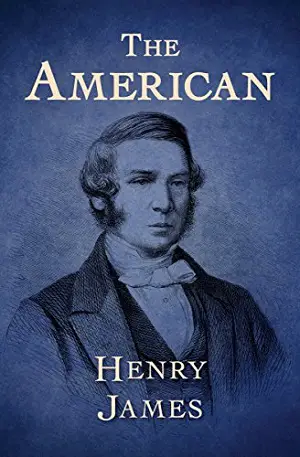
In the novel The American, when happiness comes to occupy that place where it becomes identical to pain, a man can admit that the kingdom of wisdom has been temporarily suspended, under the weight of a burden that the heart does not distinguish whether it is gold or lead.
There is no doubt that James, through the opacity of the discourse of the narrators of his works, the vacillation of their points of view, makes use of the traits that show a deliberate intention to fill with chiaroscuro a narrative that, until then, bequeathed in the omnipotence of the narrator of the realist novel a throne of infallibility.
The reader, intrigued, with suspended judgment, surrounded more by silences than certainties, is forced to collaborate with the author in the task of constructing the meaning of the text.


